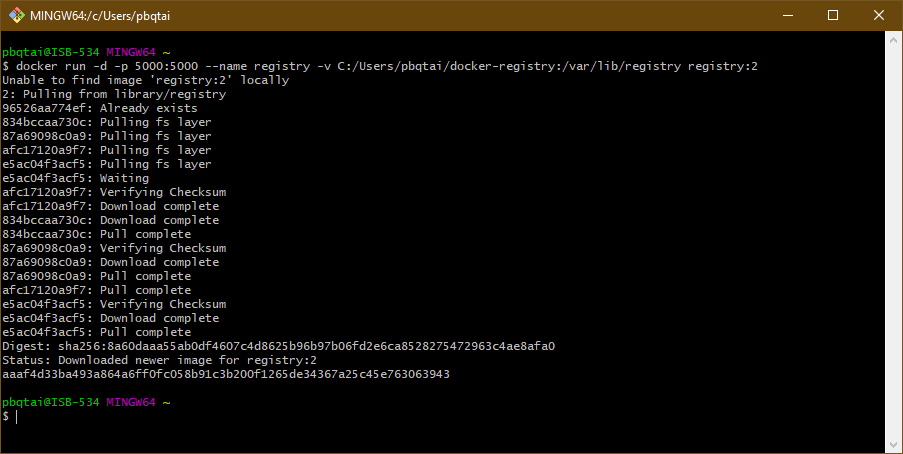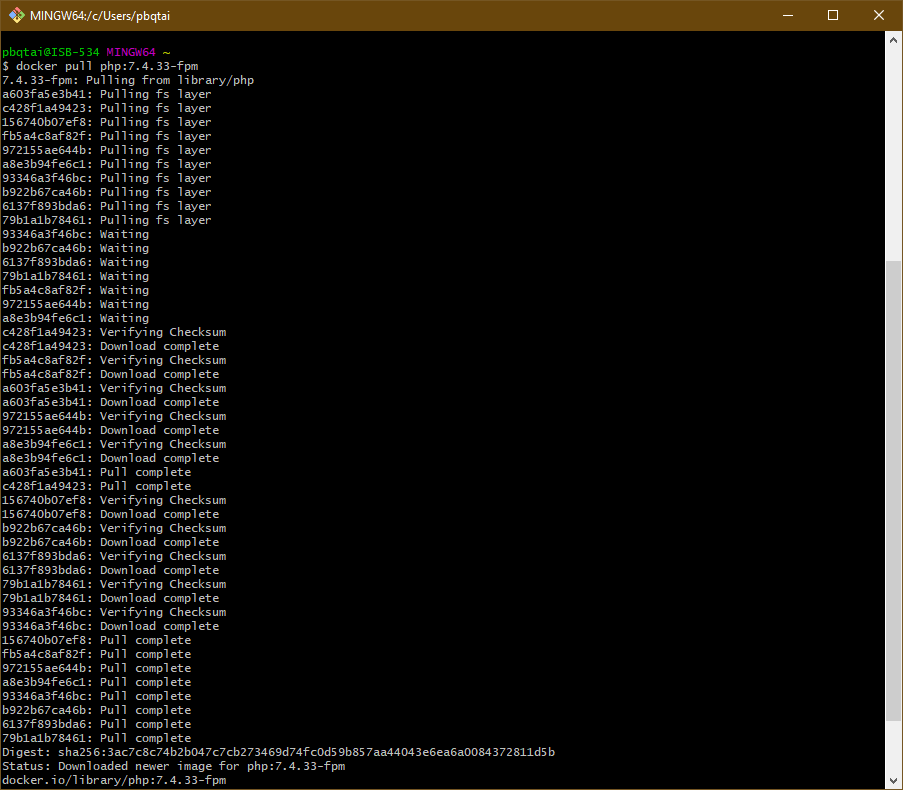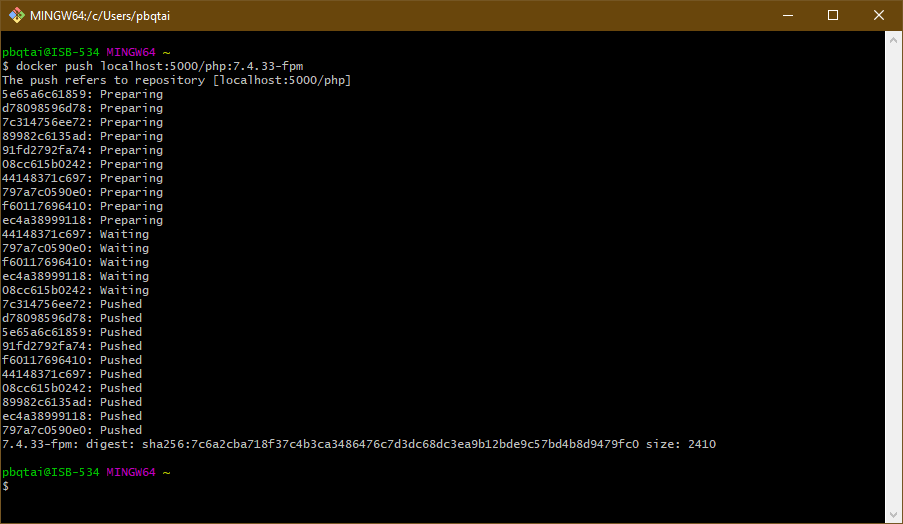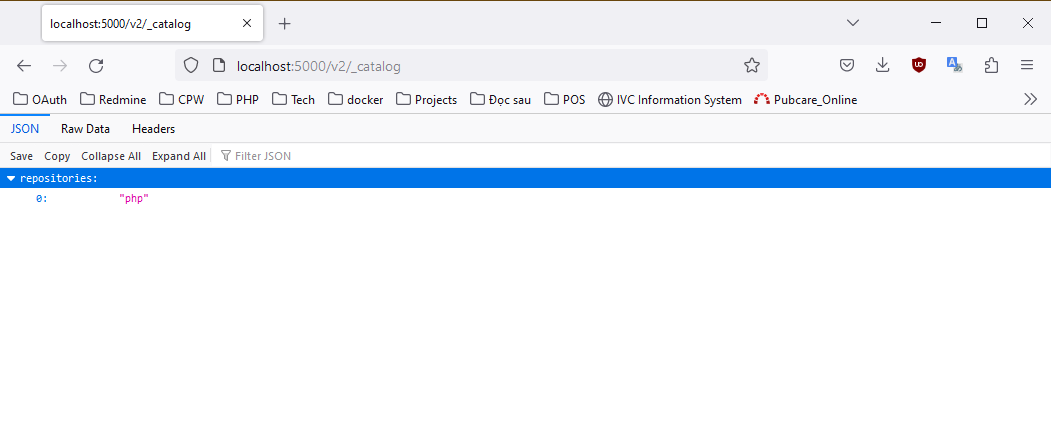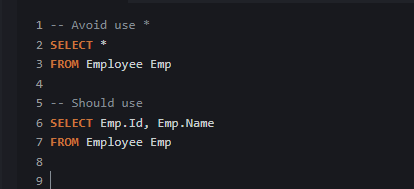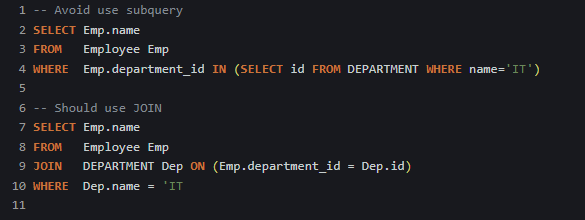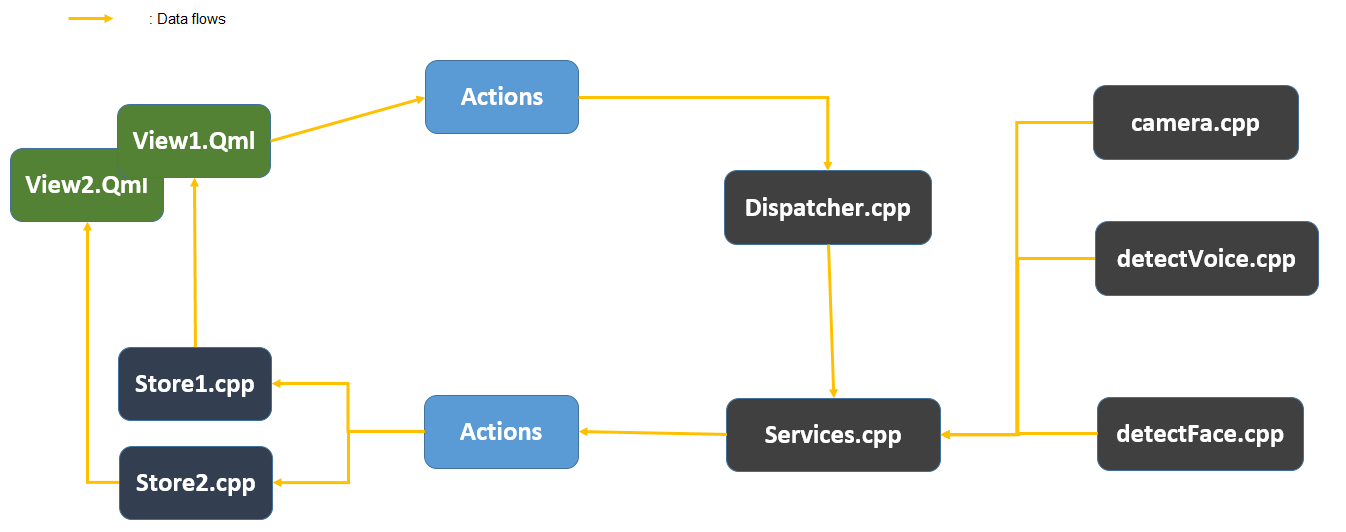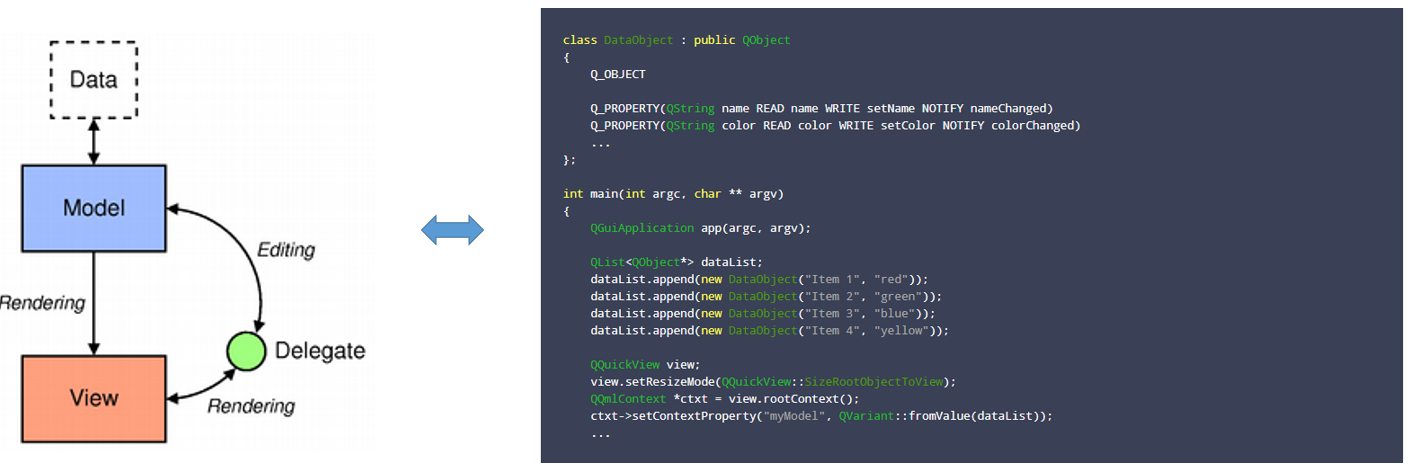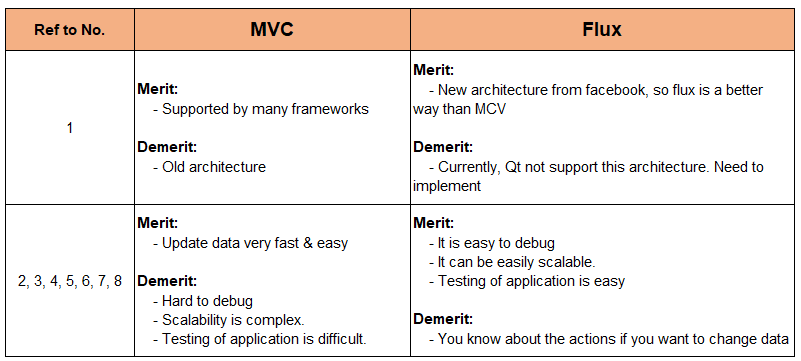December 6, 2023
Unleashing the Power of Smart Pointers in C++
In the dynamic landscape of C++ programming, mastering memory management is paramount for creating robust and reliable code. A key ally in this endeavor is the smart pointer, a powerful tool designed to streamline memory handling and eliminate common pitfalls. In this post, we will delve into the world of smart pointers and explore their usage through illustrative code samples.
1. Understanding Smart Pointers
Smart pointers are objects in C++ that mimic the behavior of pointers while adding features to automate memory management. Unlike raw pointers, smart pointers automatically handle memory allocation and deallocation, reducing the likelihood of memory leaks and enhancing code readability.
Types of Smart Pointers:
C++ offers three main types of smart pointers:
1.1 std::unique_ptr

- Represents exclusive ownership of an allocated resource.
- Ensures that only one unique_ptr points to a specific memory location.
- Automatically deallocates memory when the unique_ptr goes out of scope.

Output:

1.2 std::shared_ptr

- Allows multiple smart pointers to share ownership of the same resource.
- Keeps track of the number of shared_ptrs pointing to a resource.
- Deallocates memory only when the last shared_ptr is destroyed.
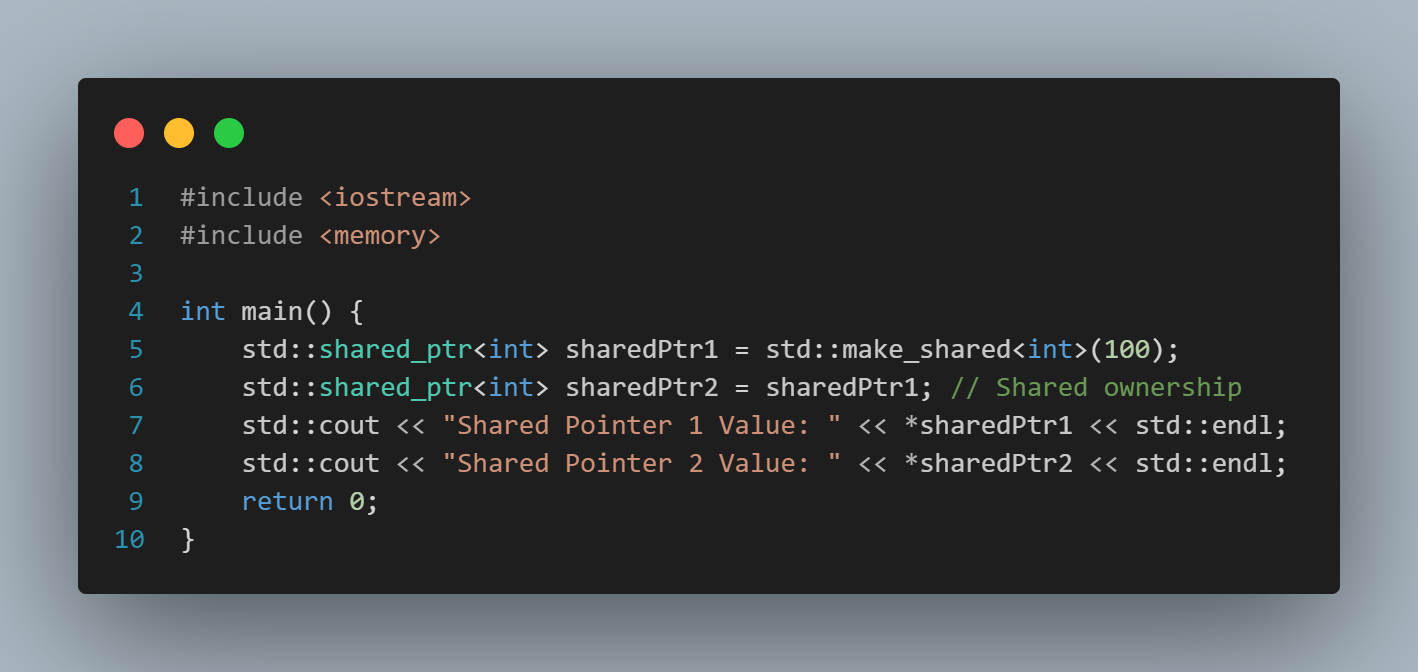
Output:
![]()
1.3 std::weak_ptr
- A weak_ptr is used in conjunction with shared_ptr to break circular references.
- It provides a non-owning, weak reference to an object controlled by a shared_ptr.
- Weak pointers do not affect the reference count of the shared_ptr.
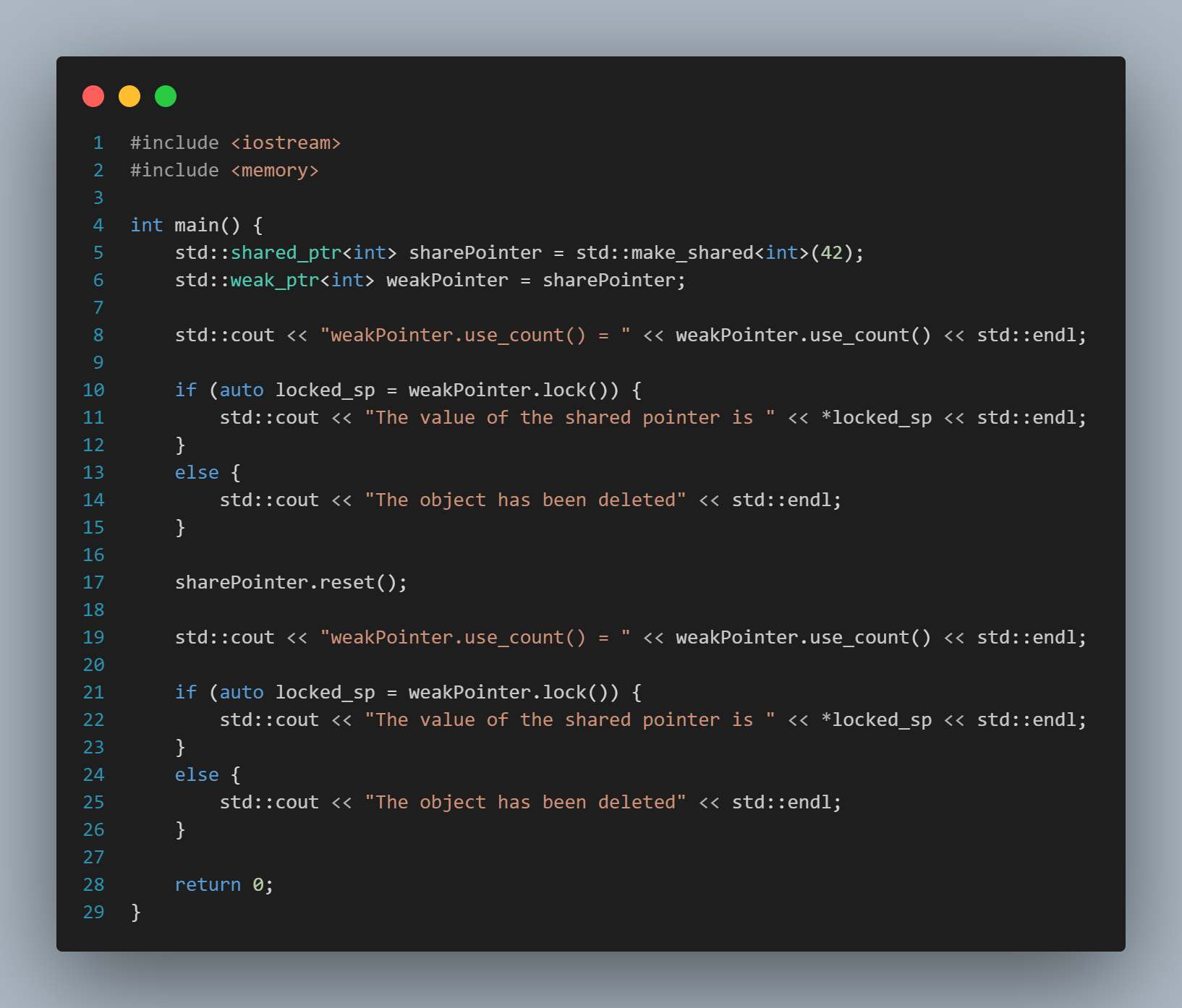
Output:

2. Differences among the pointers
Before making decisions on which type of pointer to use in your project, let's collectively examine the distinctions for each type of pointer:
| std::unique_ptr | std::shared_ptr | std::weak_ptr | |
| Ownership | Represents exclusive ownership of a dynamically allocated object. It ensures that only one unique_ptr can own the object at a given time. When the unique_ptr is destroyed, it deletes the associated object. | Represents shared ownership of a dynamically allocated object. It keeps a reference count, and multiple shared_ptr instances can share ownership of the same object. The object is only deleted when the last shared_ptr owning it is destroyed. | It is used in conjunction with shared_ptr and does not affect the reference count. It provides a non-owning "weak" reference to an object held by a shared_ptr. It is useful to break circular references in situations where shared_ptr is used. |
| Copying and Assignment | Cannot be copied. It can only be moved, indicating a transfer of ownership. | Can be copied, and each copy shares ownership of the object. The reference count is increased with each copy. | Can be copied, but it does not affect the reference count. It is used to observe the state of a shared_ptr without affecting its ownership. |
| Performance and Overhead | Typically has lower overhead compared to shared_ptr because it does not maintain a reference count. | Has a higher overhead due to maintaining a reference count to manage shared ownership. | Introduces minimal overhead compared to shared_ptr. |
| Use Cases | Use when you have exclusive ownership and want to transfer ownership or use move semantics. It is a good choice for resource management. | Use when multiple owners need to share ownership of an object. It provides automatic memory management and helps avoid memory leaks. | Use when you need to break circular references in situations where shared_ptr is used. It is often used in combination with shared_ptr to prevent strong reference cycles. |
| Thread Safety | Not designed for sharing ownership across multiple threads. | Provides thread-safe reference counting, making it suitable for shared ownership across multiple threads. | Provides a non-owning reference and does not affect the reference count atomically. It should be used with caution in a multi-threaded environment. |
In summary, the choice between unique_ptr, shared_ptr, and weak_ptr depends on the ownership requirements and the desired behavior of your program. Each smart pointer has its own strengths and use cases.
3. Benefits of Smart Pointers
Automatic Memory Management:
Smart pointers automate memory allocation and deallocation, reducing the risk of memory leaks.
Enhanced Safety:
Helps prevent common pitfalls like dangling pointers and null pointer dereferencing.
Improved Code Readability:
Leads to cleaner and more readable code, allowing developers to focus on program logic.
4. Conclusion
Smart pointers have become indispensable in modern C++ programming, offering a safer and more convenient approach to memory management. By incorporating unique_ptr, shared_ptr, and weak_ptr into your codebase, you can significantly improve the robustness and maintainability of your software. As you embrace smart pointers in your C++ journey, you'll discover a more efficient and reliable path to creating high-quality applications.
[Reference Source]
- https://learn.microsoft.com/en-us/cpp/cpp/smart-pointers-modern-cpp?view=msvc-170



